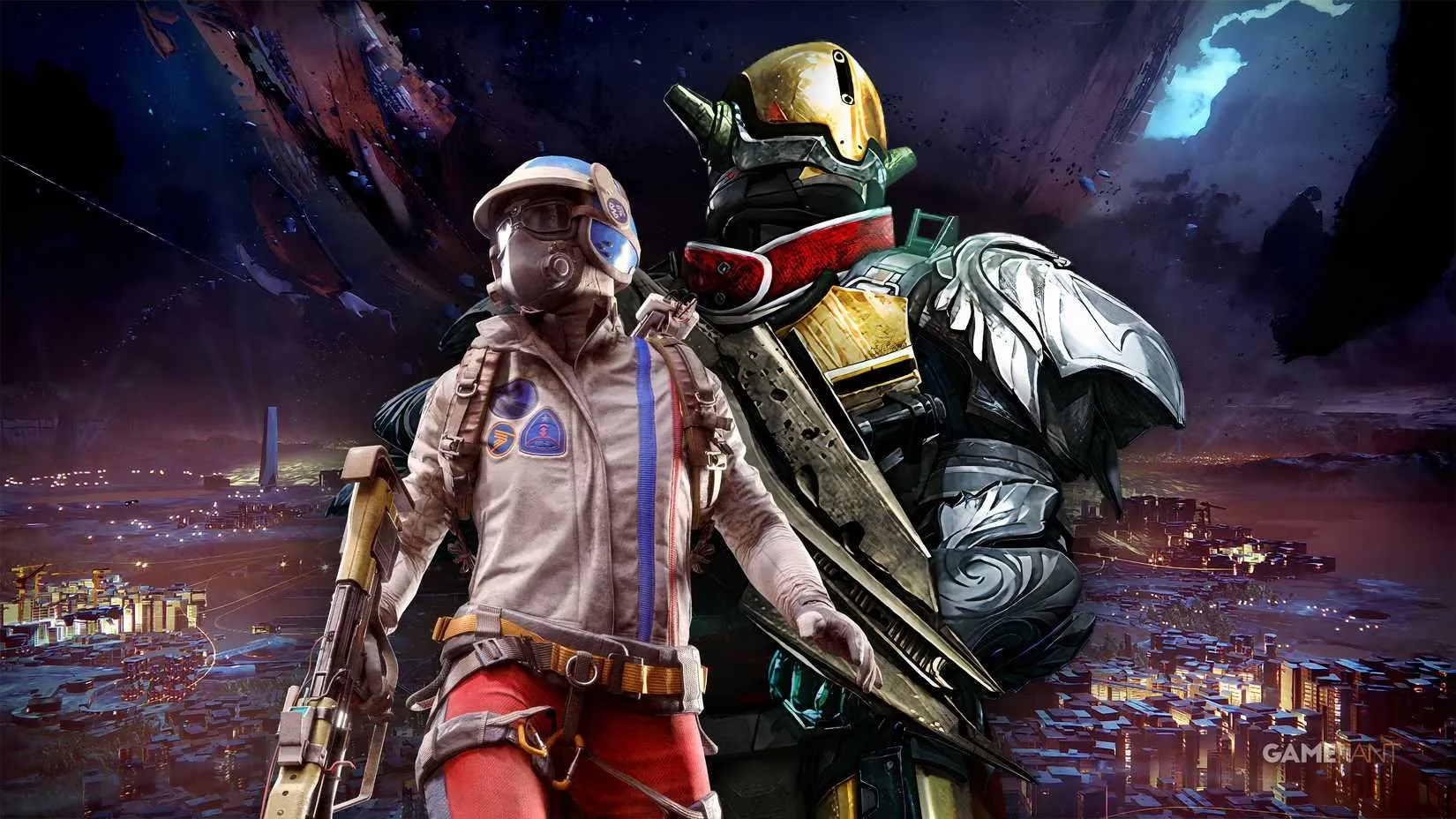Arc Raiders and the Social Hub Debate: Learning from Destiny 2's Tower
Discover how Arc Raiders' thrilling gameplay contrasts with the community's desire for a vibrant social hub, blending fast-paced action with immersive social spaces.
Players across the globe are utterly captivated by Embark's extraction shooter sensation, Arc Raiders. From its fluid movement mechanics to heart-pounding loot encounters that spiral into glorious chaos within seconds, the game masterfully executes every element modern shooter fans crave. Yet amidst the adrenaline-fueled missions on alien landscapes, a persistent murmur echoes through the community: the longing for a true social sanctuary like Destiny 2's iconic Tower. While Arc Raiders delivers electrifying combat, its current hub—Speranza—feels like a beautifully painted backdrop rather than a living, breathing world where Raiders connect beyond the battlefield.

Speranza tantalizes players with distant industrial clangs and muffled intercom announcements hinting at bustling life just beyond reach. Residents chatter in corridors, creating an illusion of community—but you remain an observer trapped behind glass. Contrast this with Destiny 2's Tower, where Guardians genuinely coexisted: performing ridiculous dance-offs beside strangers, hearing Master Rahool's cryptic engram lectures, or simply soaking in the orchestral score while watching ships glide overhead. These weren't just loading-screen interludes; they transformed players from lone wolves into members of a thriving universe. Could Speranza evolve beyond its menu-driven isolation to offer that irreplaceable sense of collective purpose?

The community stands divided on this vision. Recent discussions reveal passionate factions: one camp demands explorable bars, trader alleys, and player housing within Speranza, arguing it would deepen immersion between missions. Others fiercely defend Arc Raiders' streamlined efficiency—why fix what isn't broken when lightning-fast menus get you back into action? This ideological rift mirrors a fundamental question: should extraction shooters prioritize frictionless gameplay or cultivate communal experiences between firefights?
🔍 People Also Ask
- Why do social hubs matter in looter-shooters?
They transform games from transactional loot cycles into living worlds. Seeing hundreds of players emoting or customizing gear creates emotional investment beyond stats—you fight for a community, not just gear.
- Could a social hub slow down Arc Raiders' pacing?
Potentially. Forcing vendor runs might frustrate players craving quick loadouts. But optional spaces—like a shooting range or lore library—could add depth without disrupting flow.
- Has Embark responded to these requests?
Their recent Duos mode update proves they listen to community feedback. While silent on social hubs, player persistence could sway future developments.

Imagine returning from a brutal mission not to sterile menus, but to a raucous cantina where Raiders swap war stories over holographic maps. Vendors could become characters with story arcs instead of transaction terminals. What if alliances formed not through matchmaking algorithms, but through impromptu dance battles near the launch bay? The technical hurdles are real—inventory management already tests players' patience—but Destiny 2 demonstrated how social glue elevates entire franchises. As Embark balances efficiency against emergent storytelling, one wonders: will future Raiders remember Speranza as a pitstop or a home?
Ultimately, does perfecting the extraction formula require sacrificing the messy, magical human connections that turn games into cultural phenomena? Perhaps the answer lies not in replicating the Tower, but in reimagining what communal sanctuary means for a generation of Raiders forged in chaos.